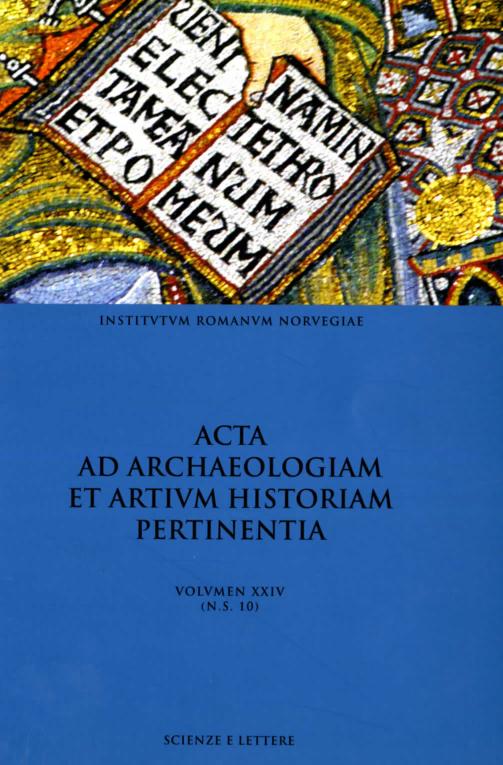Reading and Viewing Words in Fra Angelico’s Typological Paintings
DOI:
https://doi.org/10.5617/acta.5784Abstract
In medieval art, there are numerous examples of pictorial programmes composed according to a system of typological opposition between scenes from the Old and the New Testaments, in which scenes from the New are seen as the typological fulfillment of prophecies from the Old. Normally, scenes from both Testaments are juxtaposed, so that the fulfillment under Christ can be seen together with the scene that prefigures it. In the works of the Florentine painter Fra Angelico, this system is softened. His series of 36 small panels from the Armadio degli argenti, now in the Museo di San Marco (Florence), is apparently a quite conventional representation of “highlights” from the Gospel story. However, the inscriptions that accompany each panel reveal a typological scheme at heart of the pictorial programme. This paper studies the compositional and expressive devices applied in Fra Angelico’s subtle rendering of well-established theological concepts. Further, the paper argues that the same devices appear in a group of paintings of the Annunciation which can be attributed to Fra Angelico or his school.How to Cite
Hodne, L. (2017) “Reading and Viewing Words in Fra Angelico’s Typological Paintings”, Acta ad archaeologiam et artium historiam pertinentia, 24(10 N.S.), pp. 243–262. doi: 10.5617/acta.5784.
Issue
Section
Articles
License

This work is licensed under a Creative Commons Attribution-NonCommercial 4.0 International License.
Authors who publish with this journal agree to the following terms:
- Authors retain copyright and grant the journal right of first publication with the work simultaneously licensed under a Creative Commons Attribution License that allows others to share the work with an acknowledgment of the work's authorship and initial publication in this journal.
- Authors are able to enter into separate, additional contractual arrangements for the non-exclusive distribution of the journal's published version of the work (e.g., post it to an institutional repository or publish it in a book), with an acknowledgement of its initial publication in this journal.
- Authors are permitted and encouraged to post their work online (e.g., in institutional repositories or on their website) prior to and during the submission process, as it can lead to productive exchanges, as well as earlier and greater citation of published work (See The Effect of Open Access).





